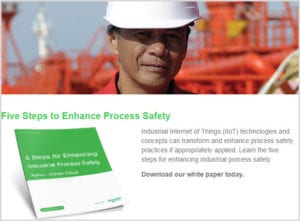Modernizing Emergency Shutdown Systems Step 3: Decide When
Credit to Author: Steve Elliott| Date: Mon, 08 Jul 2019 19:28:48 +0000
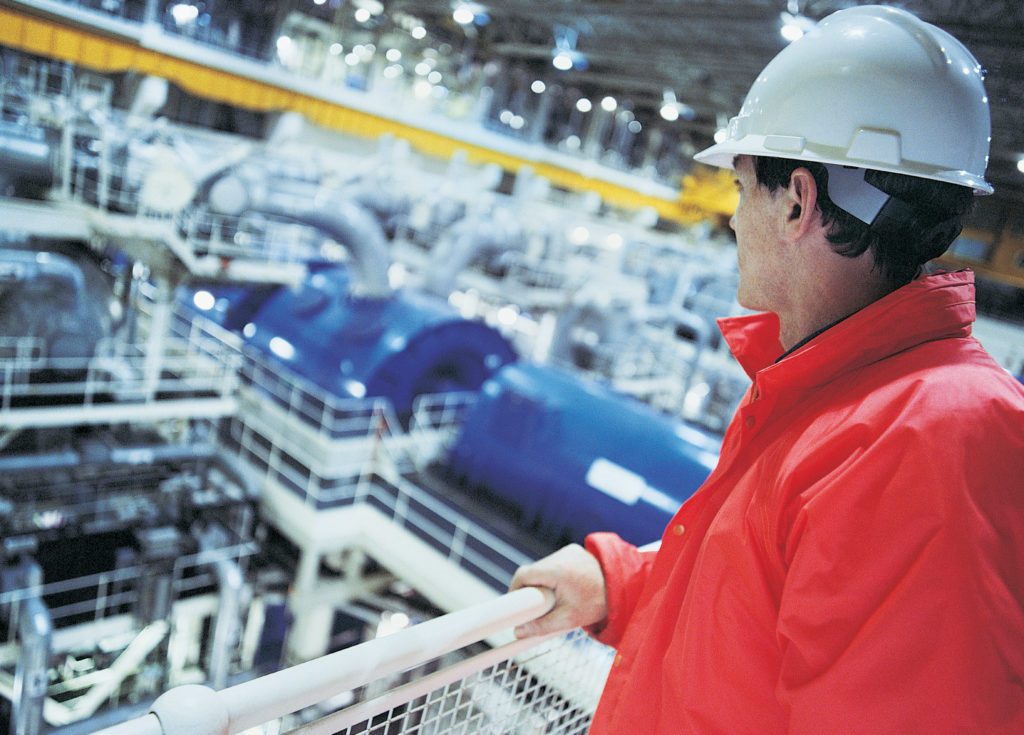 The Digital Revolution. Industry 4.0. The Industrial Internet of Things. The 4th Industrial Revolution. Call it what you will but today’s fast-accelerating technological evolution has forever changed the business of manufacturing.
The Digital Revolution. Industry 4.0. The Industrial Internet of Things. The 4th Industrial Revolution. Call it what you will but today’s fast-accelerating technological evolution has forever changed the business of manufacturing.
In any digital transformation, investment in safety systems is essential. However, the justification for a safety system upgrade is seldom based on a single factor. Many considerations combine to ultimately build a successful case for modernization. I once presented a manager with two choices: Upgrade the legacy safety system or wait until something happens and go out of business. I know that sounds a bit extreme, but it’s not always possible to restart operations after an outage!
This post will look at the ideal timing for upgrades, so you can build an effective business justification and win that all-important approval to successfully secure money and resources for your new safety model.
Look at All Elements Impacting Timing
When it comes to legacy safety systems, the adage of “if it isn’t broke, don’t fix it” is putting many operating companies’ businesses at unnecessary risk. In today’s period of tight budgets and limited resources, it’s difficult to get the funding to upgrade legacy safety systems—especially if that system is perceived to still be working fine. In this case, timing is everything.
To help identify the right time to upgrade, consider:
- Reliability
- Total cost of ownership
- System performance
- Availability of spares
- Staff experience and expertise
- Access to the equipment
- Production needs
- Downtime
- Prioritization with other projects
- Company directives
- Standards compliance
- Cybersecurity
- Support costs
Upgrading is is not an exact science but whenever an element is out of balance, it can signal that it is time to evaluate if an upgrade is necessary.
Don’t Wait Until It’s Too Late
A good practice is to continually evaluate the long-term viability of your safety systems. It’s important to make the decision to upgrade your safety system based on the full understanding of the financial impact, ROI, benefits, risks and potential consequences. In simple terms, there are only two choices to make:
- Sit and wait until something happens.
- Be proactive and develop a plan.
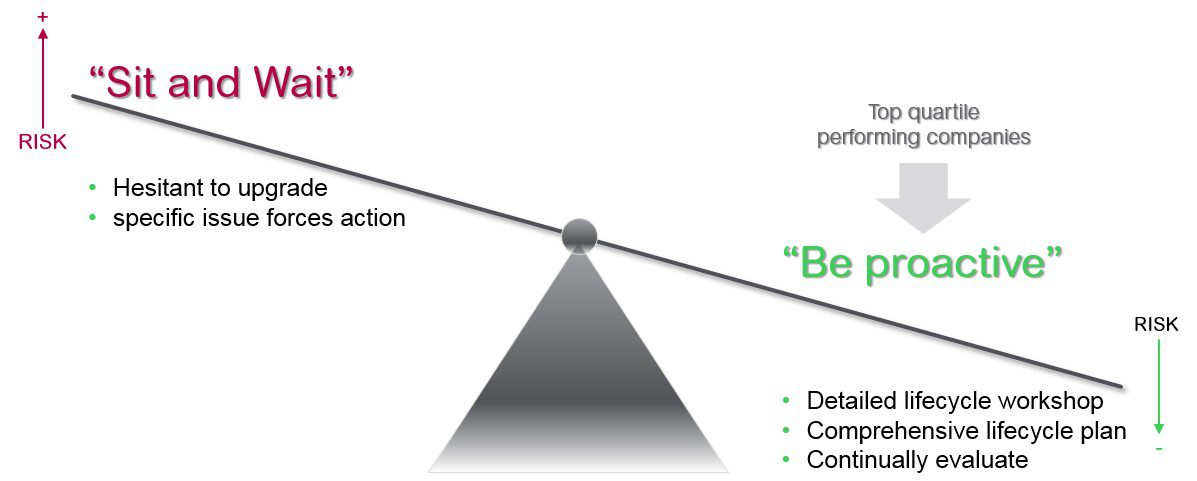
Many companies seem content to “sit and wait” and are hesitant to upgrade until a specific issue forces them to act, by which time it may be too late. From my experience, top quartile operating companies (those with a low risk tolerance and a strong focus on business continuity) adopt a proactive approach and don’t wait for a failure to occur. They establish the current “as-is” state and undertake detailed lifecycle workshops to determine the actual status and lifecycle of the existing equipment. They set the target for where (and when) they want to be, determine where the gaps are, and then put a comprehensive plan together.

Start Early
There is a popular adage often attributed to Benjamin Franklin, the father of time management, that says: “Failing to plan is planning to fail.” Taking that astute advice, high-performing companies take a proactive approach to safety system upgrades and typically start to plan early and then refine the project over multiple years. Planning can begin as early three years before the actual turn-around!
The process often starts with an initial investigation into the various options and choices, an outline of the approximate scope and the budget estimates. This then facilitates discussions between the various stakeholders (read: Modernizing Emergency Shutdown Systems: Step 2 Build Consensus) to narrow down the choices for further investigation or refinement. Once the way forward is agreed, then the scope, budget, resources and detailed planning can commence. This is when the real work starts. As the detailed work packs are developed they will detail all the points of the shutdown, including the best timing for implementation.
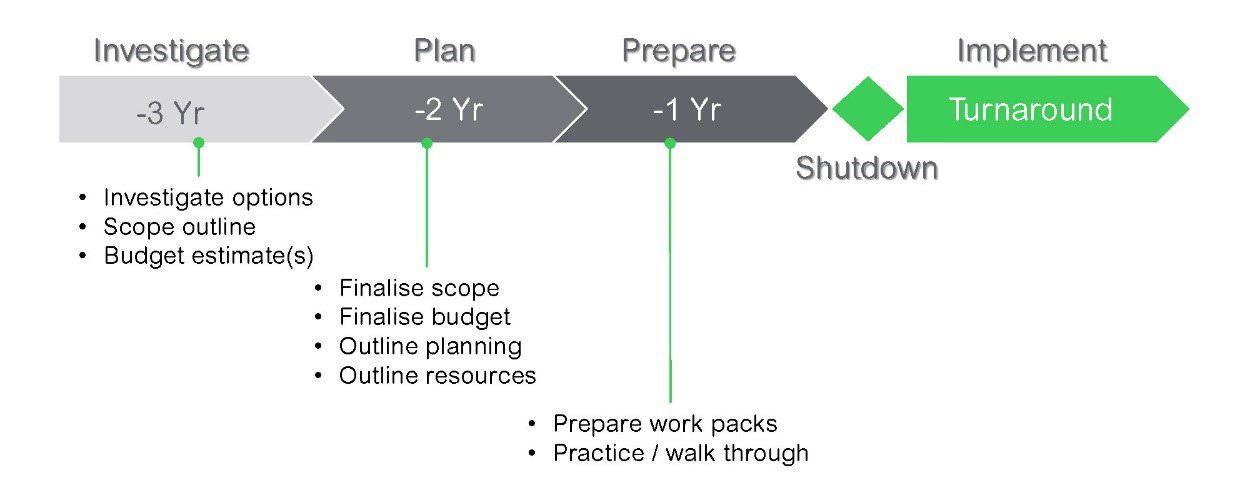
When it comes to a safety system migration strategy, careful lifecycle planning can reduce or eliminate risks. First and foremost, thoughtful consideration should be given to the scheduling of any migration. Long-term multi-year planning for multiple migration stages will help to ensure maximum ROI and minimal disruption.
Plan Cutover Timing
If you are replacing an old system with a new one, the system cutover requires careful planning to minimize risk. A comprehensive cutover plan is a critical requirement for seamless transition to a new safety system platform. Without proper preparation, migration projects can be affected by cutover delays and other unexpected issues that may cause downtime.
When planning, there are many factors that should be considered, including:
- The expected operating life of the plant
- Any future plant modifications (e.g. de-bottlenecking) or expansions (adding extra capacity)
- Proactive upgrade planning aligned to turnaround schedules
- Plant availability / access to equipment
- Re-HAZOP cycles
- New requirements e.g. cybersecurity, regulatory requirements, latest standards etc.
- Alignment with existing initiatives or improvement programs (lowers barriers to adoption)
- Maturity indicators and status of existing equipment
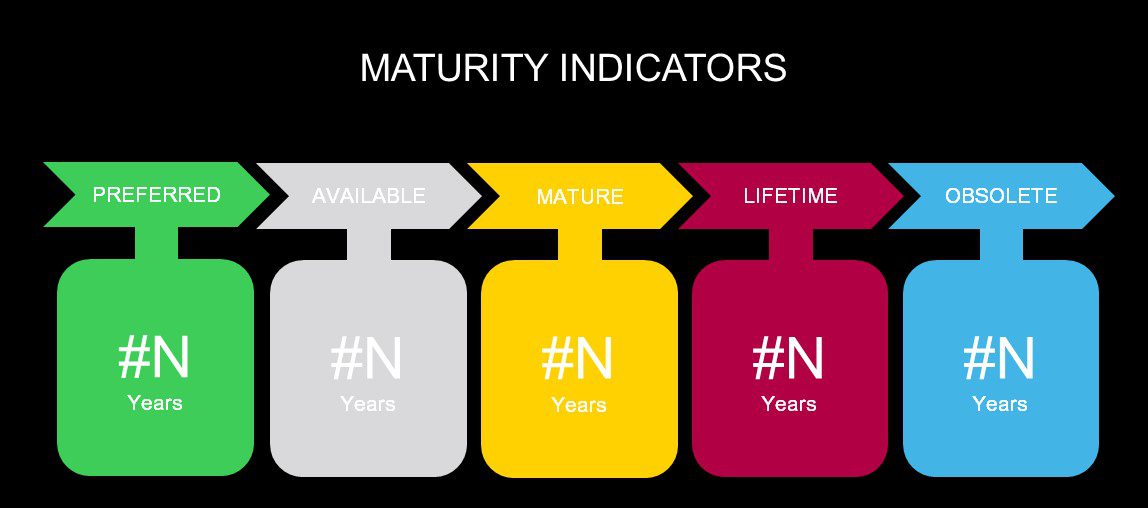
A good way of recording the status of the system components is to conduct regular lifecycle checks. These in-depth reviews should detail the individual system, subsystem and modules (i.e. make, model, serial number, hardware revision, firmware revision, and other key data). All parts should be assessed using the published lifecycle data to determine the status, future phases and duration. This allows the stakeholders to identify priorities. Such a review allows you to build a lifecycle status of the system well into the future. Consider:
- Is the part still in production?
- Is it supportable?
- When is the last buy date?
A simple “traffic light” structure helps visually identify issues, areas of focus, and priority. This information helps support a balanced decision on whether a full or partial upgrade is required by comparing it to other major factors such as the operating life of the asset. In the simplified example below, it is obvious that there is a pressing urgency to upgrade the fire and gas system (F&G 1).

TIP: Ask your safety system vendor for a copy of their published lifecycle policy and lifecycle status for each element of the safety system (every reputable safety system vendor should have one).
Keep up With the Speed of Change
As soon as you write a plan, it can almost be out of date; such is the pace of technology. Due to the various lifespans of system components, effective lifecycle management is an important process to maintain. When developing the plan, it is worth investigating the lifespan of the various parts of the safety systems as these are likely to be different, with some becoming obsolete faster than others. Not only is it important to upgrade to the latest versions but your plan also needs to “protect the future” by staying current while also keeping pace with evolving technology.
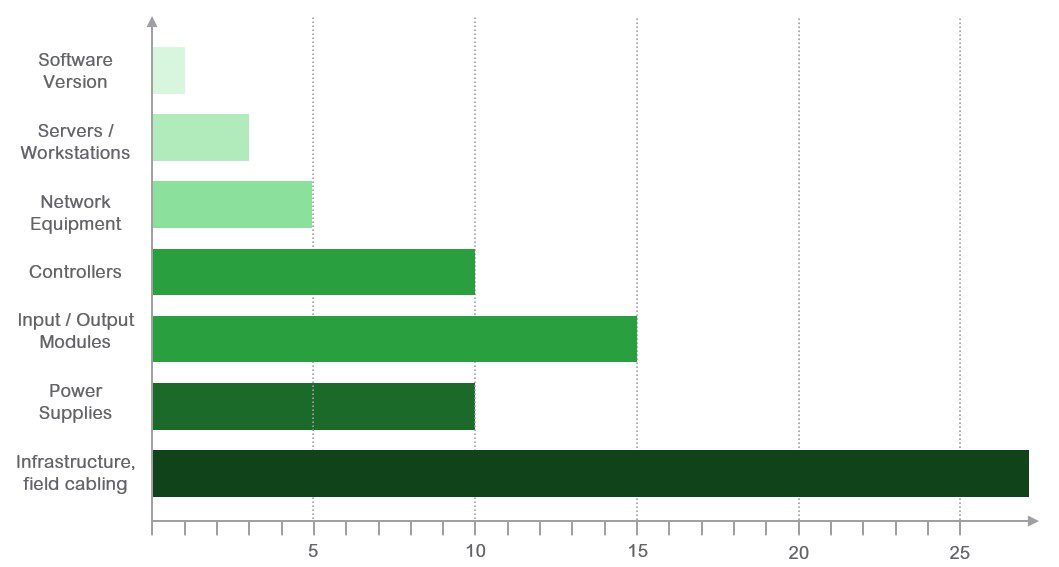
TIP: Every company should have a safety system lifecycle plan that is reviewed and updated at a regular frequency. This will help you understand the lifecycle status and the potential risks to be managed, which is essential to determining the optimum time to upgrade.
In the next post, we will take a closer look at Step 4 – Using a Risk Approach
Miss the first posts in this series? Click below to read them now.
Modernizing Emergency Shutdown Systems: 7 steps to approval
Modernizing Emergency Shutdown Systems: Step 1 Funding Approach
Modernizing Emergency Shutdown Systems: Step 2 Build Consensus
For further reading:
Download IIoT for Process Safety White Paper
The post Modernizing Emergency Shutdown Systems Step 3: Decide When appeared first on Schneider Electric Blog.
